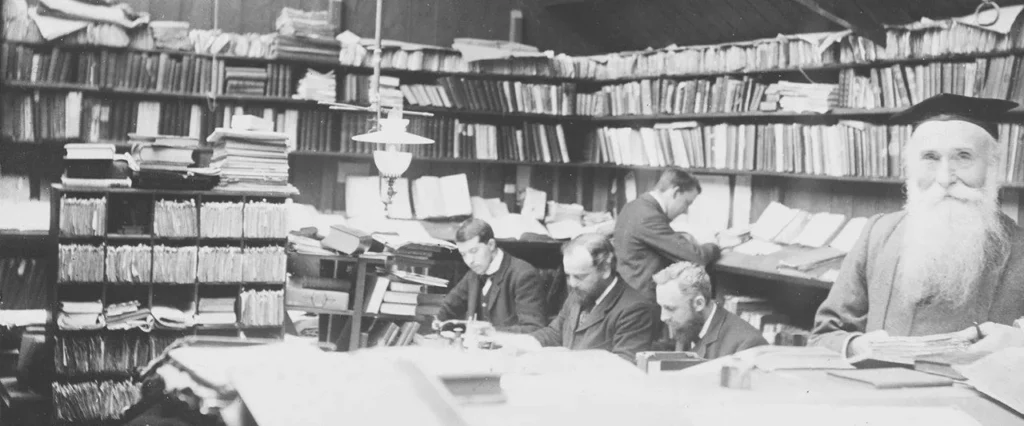Share this Collection
1 Citation in this Annotation:
Annotated by:
Naomi Caruso on The Dictionary of Lost Words
13 February, 2025
In this novel, Australian writer Pip Williams combines historical facts with fiction. The facts are based on the long and arduous process it took to compile and publish the venerable Oxford English Dictionary which took place from 1857-1928. The fiction describes the life of Esme, the book’s main character, who is the daughter of one of the assistant editors. She, from an early age, spends all her free time in the scriptorium – the room filled with pigeonhole shelves where millions of words and their meanings are lodged, having been sent from all over the English-speaking world by volunteers.
She becomes aware, with time, that very few words pertaining to women or their bodily functions are included in the final manuscripts. It rouses her curiosity, and she begins to venture out on her own to places where she meets women from different social classes, like the marketplace, the theatre and the servant quarters, and listens to how they talk and the words they use. She writes down the words on slips of paper and puts them in a secret place, saving this “subculture’s” vocabulary.
Eventually these turn into a book which is published posthumously by her daughter.

In 1901, the word bondmaid was found missing from the Oxford English Dictionary. By all accounts, bondmaid was the only word to be lost from the first edition. No one knows how, and that is enough for a story, but there are other reasons I wrote The Dictionary of Lost Words.
Pip Williams
There were three definitions. ‘A slave girl,’ I said, ‘Or a bonded servant, or someone who is bound to serve until death.’ Lizzie thought for a while. ‘That’s what I am,’ she said.
Definition of bondmaid from The Dictionary of Lost Words